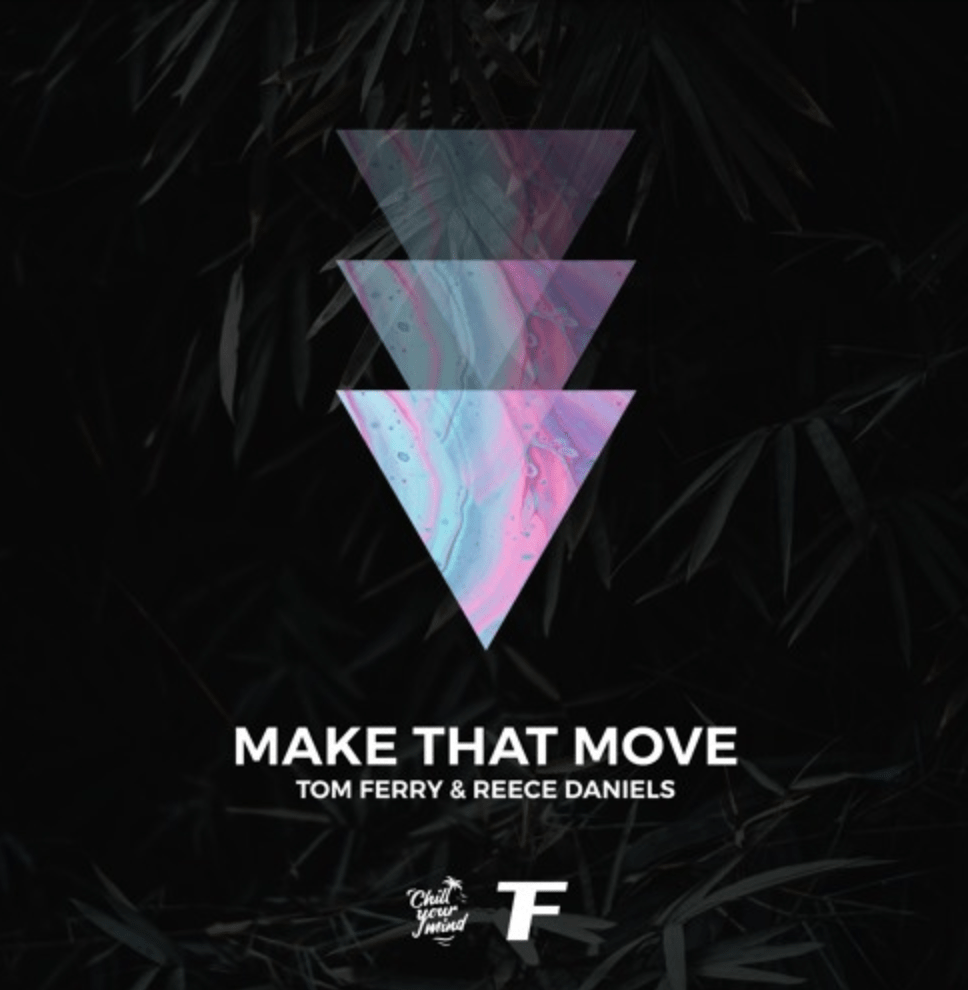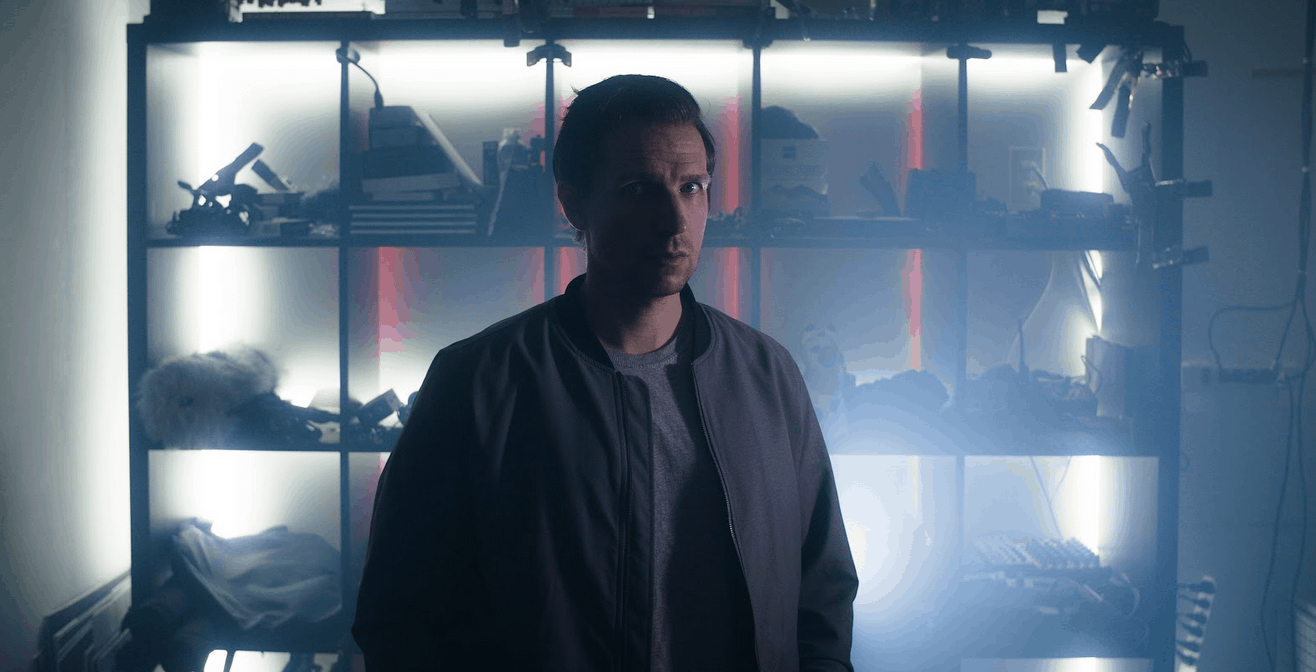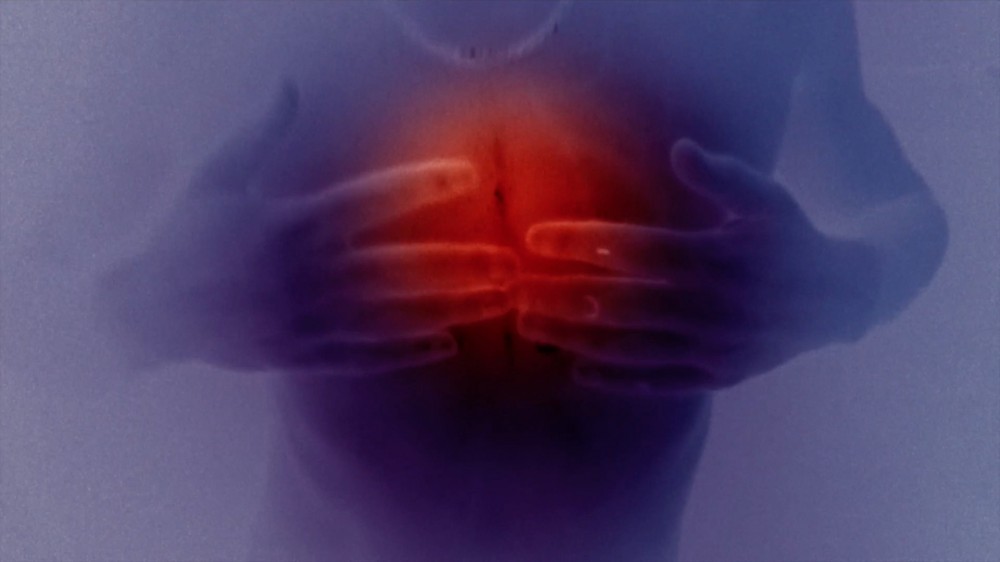
Rebecca Salvadori reflects on intimacy, community and liminality within London’s contemporary rave scene in The Sun Has No Shadow
An evocative portrait of the city’s in-between spaces, within which it is possible to extract oneself from relentless urban malaise, suspended in transit from one time and place to another, in a process of psychological and spiritual transformation.
In one of the opening scenes of The Sun Has No Shadow a modulated voice quotes art critic and media theorist Boris Groys, suggesting that: “the openness to exteriority and its influences is an essential characteristic of another feature of the modernist inheritance and that is to reveal the Other within oneself, to become Other.” Under the gaze of experimental filmmaker and video artist Rebecca Salvadori, refurbished factories and warehouses, industrial parks, dimly-lit underpasses and motorway-adjacent woodlands are produced not only as hedonistic spaces, the as yet undeveloped real estate upon which London’s clubs and free parties can find an all too often temporary home, but as liminal sites of transformative potential, in which one is suspended in fleeting moments of intimacy and communal connection. Cutting between non-linear documentary and abstract montage in a dissociative assemblage of image, sound and text, The Sun Has No Shadow navigates a vital shared territory between the moving image and live sound and performance, splicing footage from Canning Town institution FOLD and its beloved Sunday day rave UNFOLD next to testimonials from ecstatic ravers and Salvadori’s own friends. “I have always been drawn towards environments and situations that felt transitional, open, not fully finished,” explains Salvadori. “I believe it might be because these contexts allow you to exist in a less mechanical way. They are more layered and have a space of possibility within them. When an area has been conceived for a specific need, everything feels more compressed and mechanical. The edges of a city are spaces in-between, areas where the intentionality of urbanisation becomes transitional and almost left to itself.”
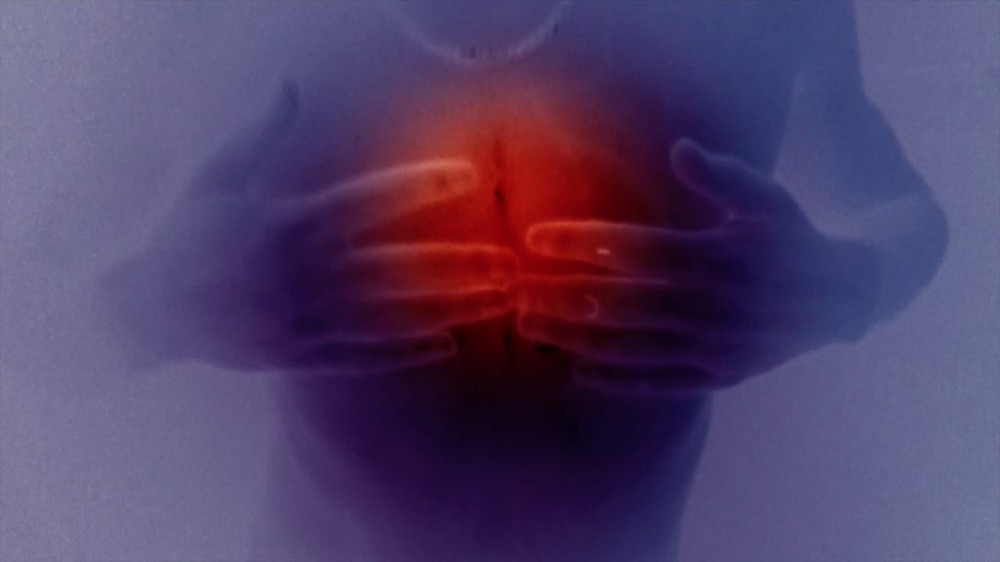
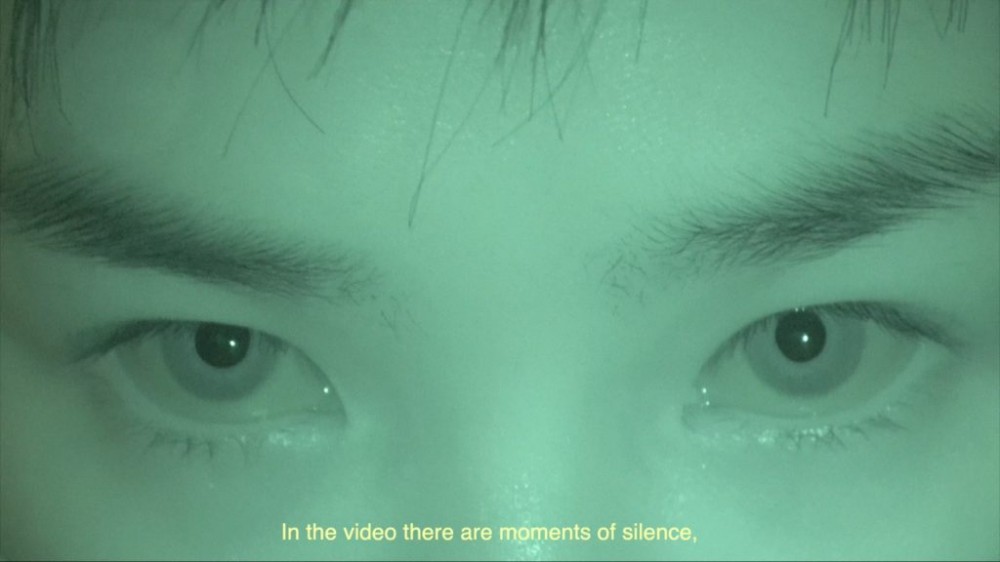
In this way FOLD, perched on the edge of an E16 industrial estate, takes on the wild aura of the “edgelands,” seperate from the relentlessness of the city and tinged with the transient energy of wilderness, charged with transformative potential. In the excerpt of Salvadori’s film presented above, the filmmaker’s passage through these liminal environments serves as both a record of navigating the complexity of London’s outer reaches and a prescient diagnosis of a contemporary condition. Flashes of hi-vis trousers illuminate the ghosts of the second summer of love haunting Salvadori’s frame, mapping the distance between London’s rave scenes past and present. Loops of night vision footage of Salvadori’s friends at an after party repeat as an unseen speaker narrates the experience of watching themselves on screen, the visual repetitions taking on the constant rhythm of a four on the floor beat. These vignettes, displaced form discernable space and time, seem to wrestle with the psychic difficulty presented by the commercial and corporate intensities of urban life, parsing the tension between a desire for and an assumed need of various kinds of dissociation, be they emotional, political or narcotic. These liminal spaces present an opportunity for escape from the city, but whether this is an escape from an overwhelming network of automation and commodification or an escape into a DIY formation of community is left intentionally vague by the filmmaker, an inscrutability emphasised by facial blur, voice modulation and detached subtitles. “Sometime ago I received a message from someone I don’t know,” Salvadori recalls. They said: In your work everything happens in its exact own time, I felt I was not watching a video, just being in myself, part of a continuous life of something. It was a really weird feeling.”

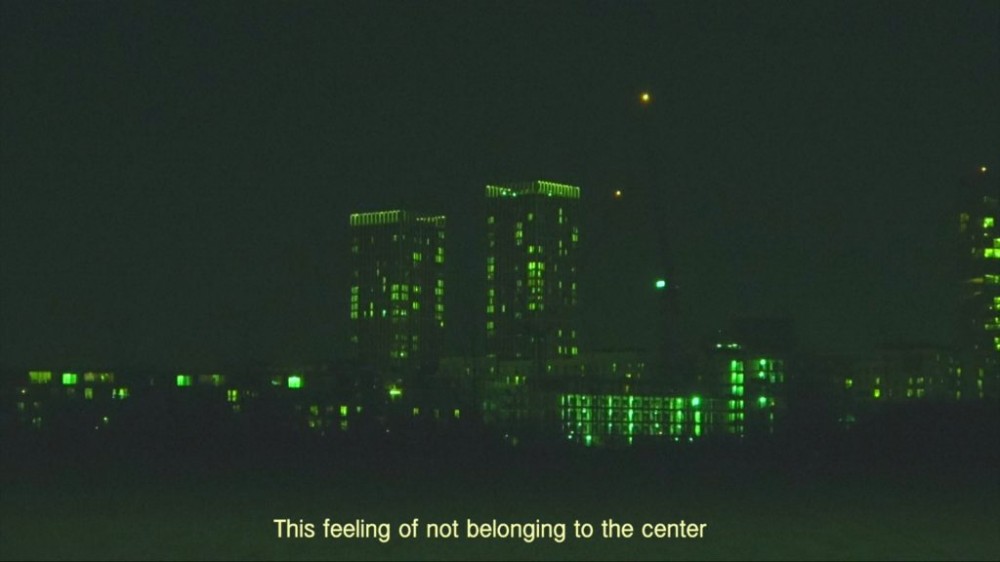
Salvadori continues: “Just like it might happen in very loud and crowded environments, connections are begun, interrupted, lost and remade; one stumbles across conversations only to abandon them again.” Her deft cuts between the exoskeleton of FOLD, industrial fan and red LED light framed against the chilly grey of an early London morning, and fly-on-the-wall documentation of the club’s inhabitants evoke the exquisite disorientation of the club space, capturing a very particular sort of sensory overload. Soundtracked with distorted fields recordings of the club in full swing, this montage is inscribed with the disembodied words of an unknown raver. Enveloped in a blown out recording of machinic techno churn, the cacophony of image, sound and text approximates the experience of overhearing something beautiful from a stranger dancing next to you, rising above the smoke and the din for an instant. “The subtitles, often sharing personal thoughts, phrases cut out of the context or straightforward statements, add into this constantly evolving layered complexity that I find fascinating, this undefined stream of something,” says Salvadori. “Facial blur and voice modulation are choices born from a combination of both the club privacy policies and a reaction to my attitude towards portraying close friends. With the The Sun Has No Shadow, I felt the need to detach; for the first time those portrayed are not fully themselves, my friends, but more vehicles for a specific symbolic moment.”
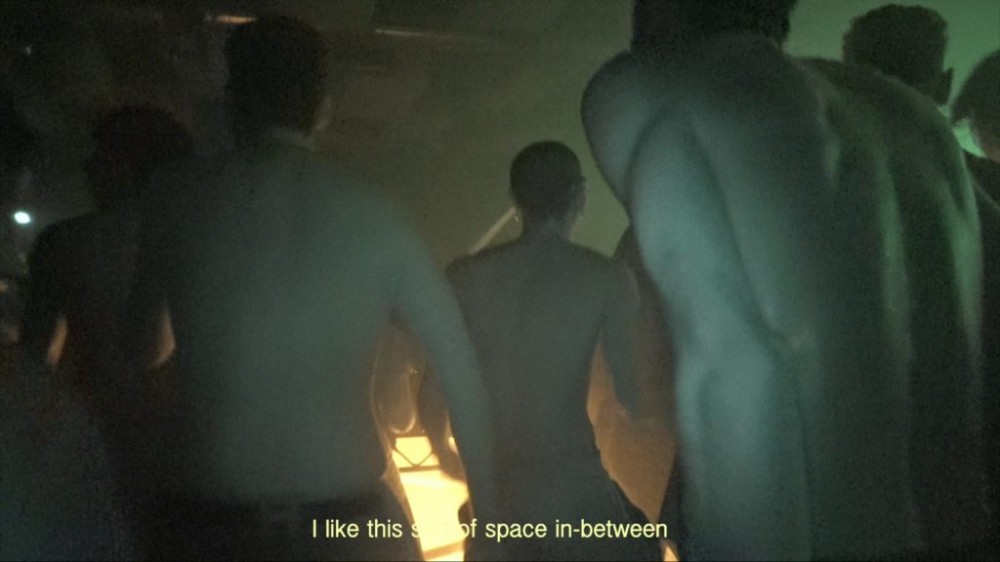
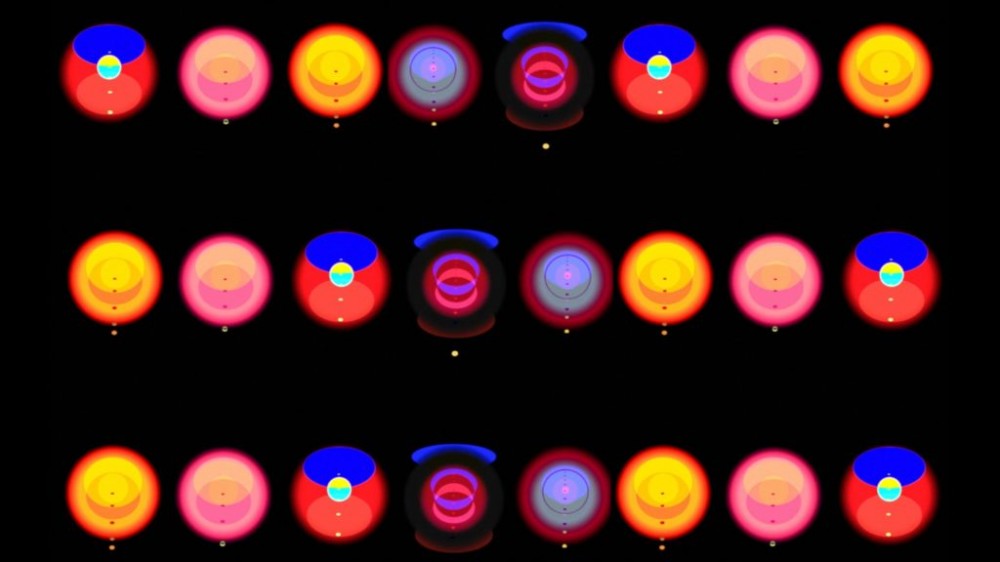
This dissociation into symbolism manifests literally in the excerpt’s climax, where the haze and blur of the crowd dissolves into the abstract rupture of what Salvadori terms ‘euroemptiness,’ an evolving graphic language comprised of shifting combinations of animated shapes and colours. “When I started filming I didn’t have any sense of boundaries; myself, the camera and what was being filmed felt equally important, to the point where I found myself disappearing behind the camera,” explains Salvadori. “I had to stop and subvert the trajectory flux: instead of filming everything I saw, I isolated and started making abstract animations. The simple animated geometries have always represented my desire for silence and emptiness. Then years after my first experiments, ‘euroemptiness’ has grown into a portal for new dogmatic messages. In The Sun Has No Shadow, the graphic language is not silent anymore; it is inviting both for myself and those watching to find and follow that light that never fades.” By disrupting linear techniques of film editing, Salvadori formally subverts the momentum of her own frame, reinscribing the transitional liminality from her subject to the screen. The constantly evolving collage of shapes effects an inward turn, pulling focus on the voice and text that is woven into the texture of the frame, another modulated voice relating their experience of being lost in the dance. “I enjoy it because it’s like looking into a lens,” they assert, “a way to condense information whilst the body is undertaking a process, this constant feeling that nothing belongs to you.”


Presented with a desubjectivised procession of abstract images in process, the momentum of the footage preceding it is revealed, a record of transformation within liminal spaces that enacts another process of transformation, once removed, in its relationship with the viewer. This shift in perspective, a rupture of the subjective gaze by abstract projection, opens up The Sun Has No Shadow to the audience. Transient intimacy between strangers, captured in a way that is dissociated from linear time and conventional space, invokes a community in process, constantly fluctuating, shifting shape as soon as a recogniseable group is formed. “Where we had thought to be alone, we shall be with all the world.”
For more information about Rebecca Salvadori and her work you can follow her on Instagram. The Sun Has No Shadow was commissioned by curator Adriana Leanza for the hybrid show Synchronous Errors, which took place at FOLD earlier this year and will be shown at Futur Shock, curated by Karolina Magnusson Murray, at FOLD on June 9.

